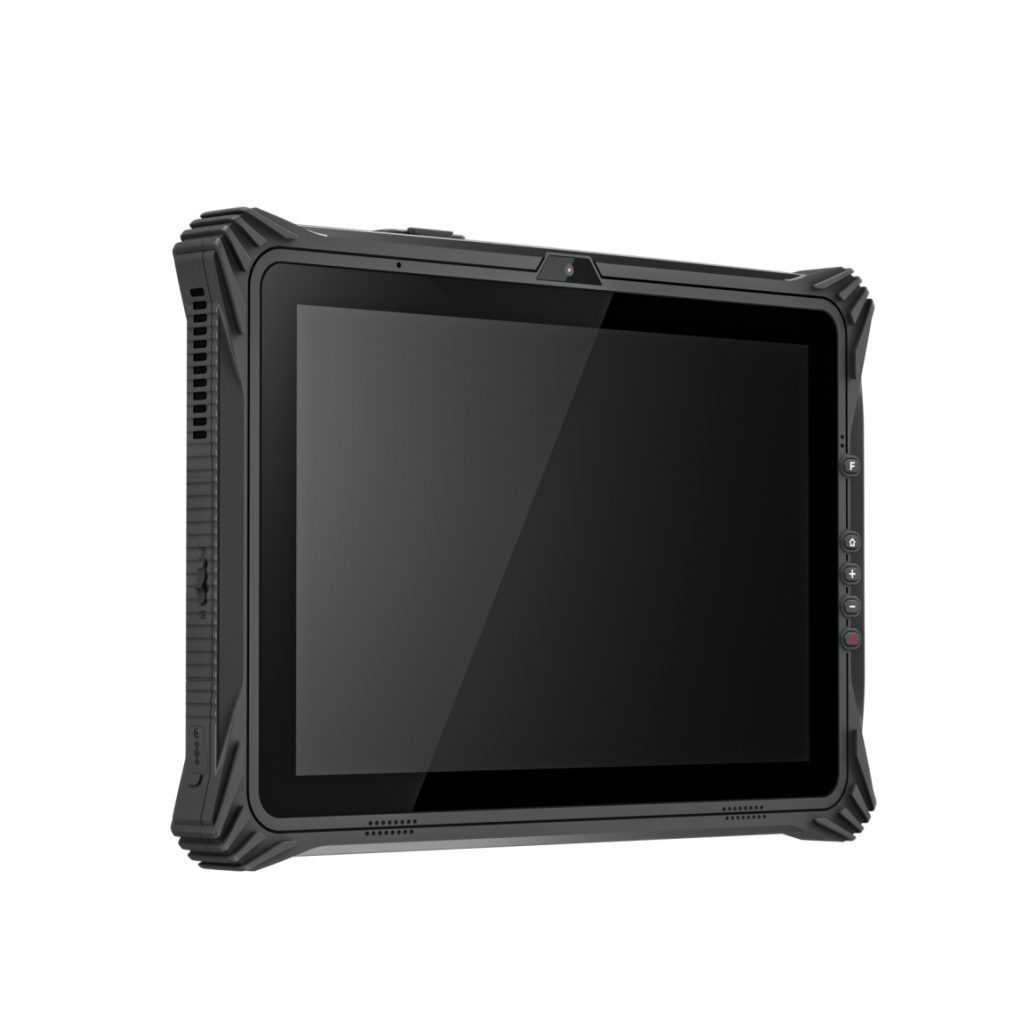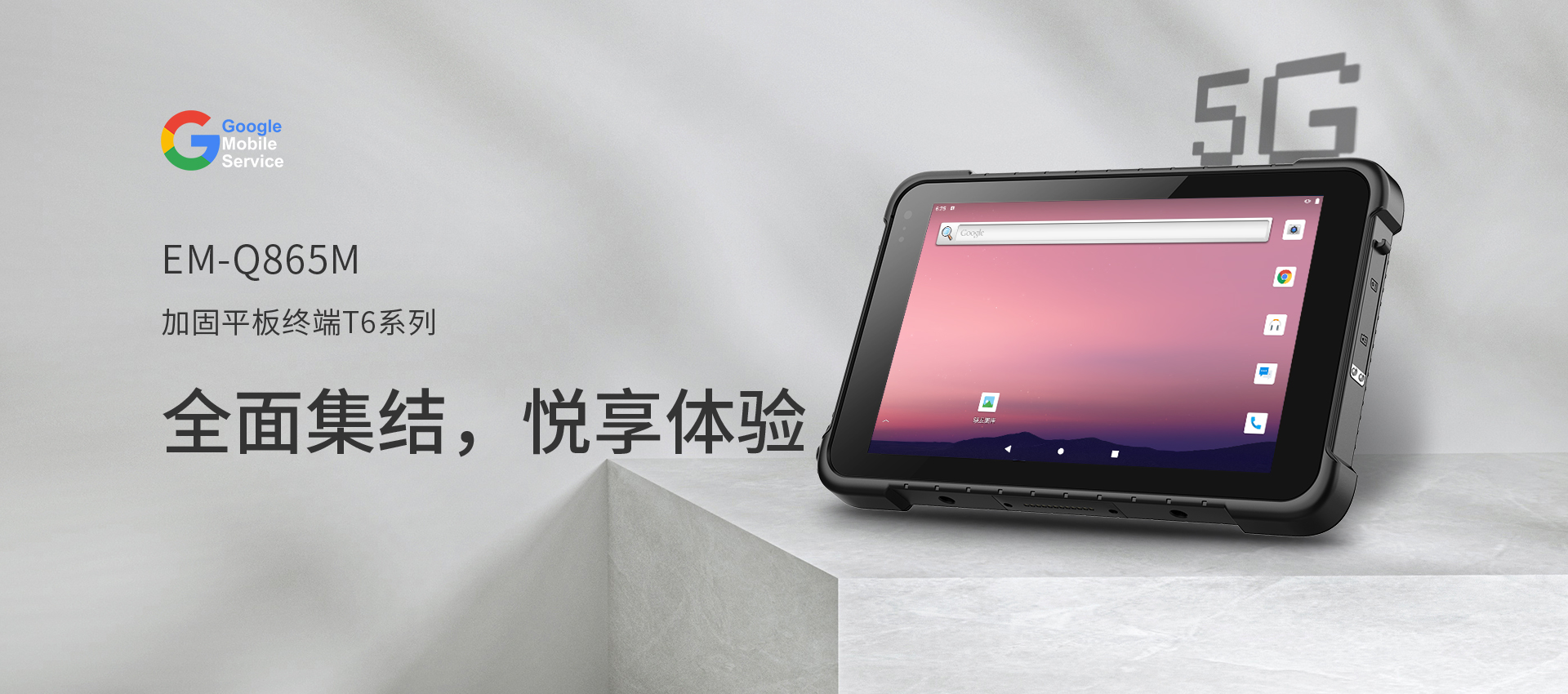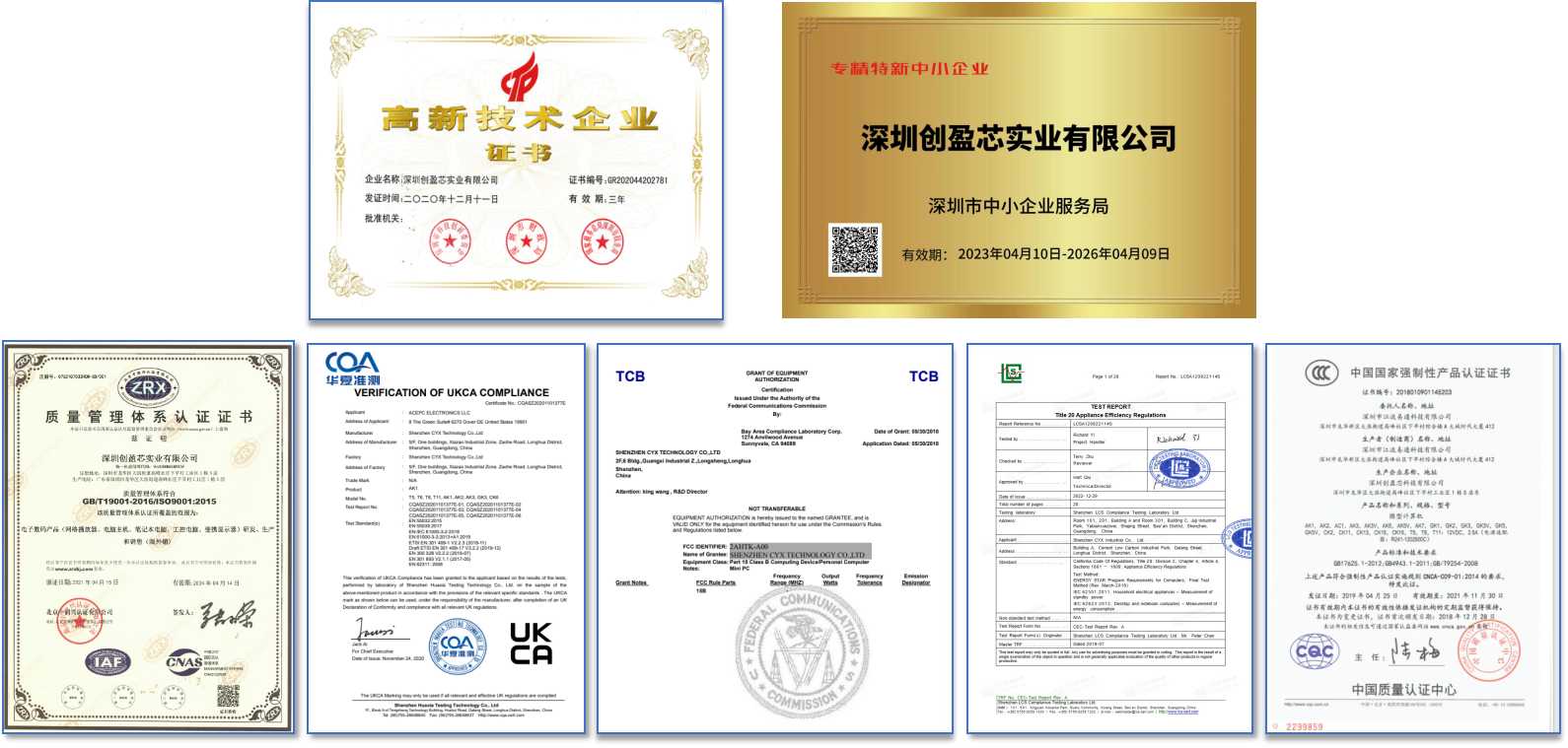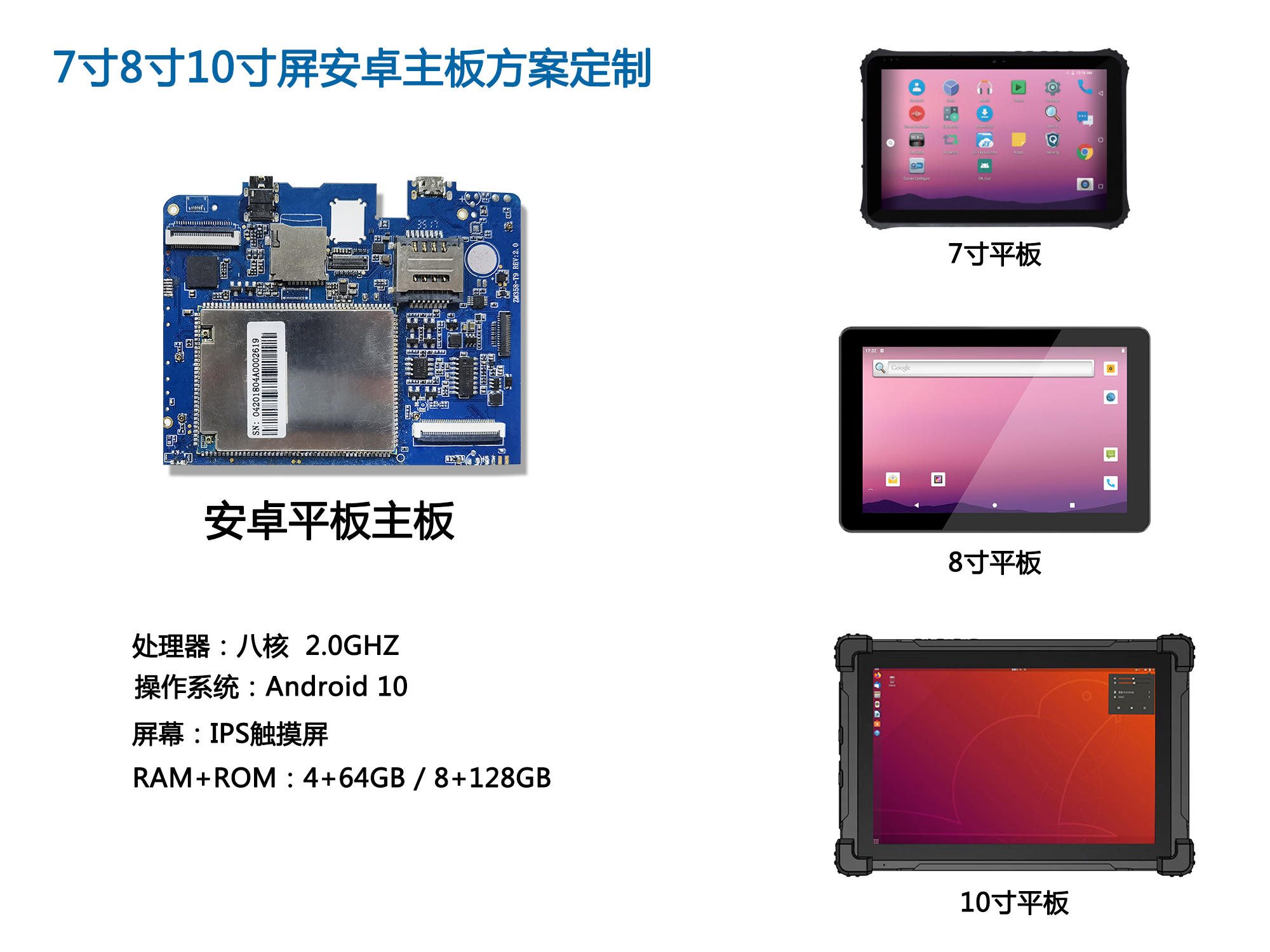仍旧无法抢进一线平板装置的英特尔(Intel)想到新招──把笔记型计算机的功耗跟尺寸缩小;该公司在 2011年台北国际计算机展(Computex Taipei)上介绍了一个新名词”Ultrabook”,也就是外型纤薄、低功耗的笔记型计算机。
Ultrabook 是一种已经在成形的新产品,第一代产品据说厚度仅约2公分、价位在1,000美元以下,采用将在今年稍晚问世的英特尔32nm Sandy Bridge 处理器;***PC大厂华硕(AsusTek)会是推出首批Ultrabook的业者之一,该命名为UX21的系统准备在年底上市。
即将上市的 Sandy Bridge 将是英特尔第一款结合x86处理器与绘图处理器于单芯片的产品,两种处理器会透过一个环状总线(ring bus)分享高速缓存;英特尔的对手AMD也推出了类似的组件。实际上,采用整合式处理器的超薄、超低功耗笔记型计算机已经存在多年,英特尔则是期望以最新一代的、为此类设备专门打造的处理器,将那样的概念发挥到极致。
英特尔提出Ultrabook概念的此刻,正是苹果(Apple)的 iPad 、摩托罗拉(Motorola)的 Xoom 、三星(Samsung)的Galaxy Tab以及RIM的Playbook等采用ARM核心处理器之平板设备当红时期;去年,英特尔针对上网本(netbook)与平板设备推出新产品线,但到目前为止只拿到少数二线平板设备的设计案。
Ultrabook概念除了反映英特尔在市场热潮中落后的挫折感,同时也有与各家平板设备领导制造商下战书的意味;为了跟上对手脚步,最近英特尔也将其目标市场重新定位,把Core与Atom系列处理器的重心都放在便携式设备。
根据英特尔的规划,2012年将推出下一代采用最新22nm三闸晶体管技术的 Ivy Bridge 处理器,锁定笔记本电脑应用;该3D晶体管将带来省电效能的显著提升,并支持新的芯片/系统级功能;但英特尔尚未公布该处理器细节。
英特尔预测,到2012年底,整体消费性便携式PC中,将有四成是Ultrabook;而实现Ultrabook的第三步,则是英特尔将在2013年推出的、采用新式微架构(microarchitecture)的第二代22nm工艺芯片Haswell;英特尔表示,该芯片将使笔记型计算机整体功耗由目前的30~40W,降低到10~20W。
Ultrabook概念是为微软(Microsoft)的Windows平台与Apple的MacOS所打造,英特尔并未主动将Google的 Android 平台也纳入其中;“如果客户有需求,我们也会考虑Android。”英特尔移动客户端平台(mobile client platforms)业务总经理Erik Reid表示。
英特尔执行副总裁马宏升(Sean Maloney)与华硕董事长施崇棠共同展示首款华硕Ultrabook
Intel Ultrabooks attack tablet market
Rick Merritt
SAN JOSE, Calif. – Still lacking a design win in a top tier tablet, Intel is taking another approach—pushing down the power and size of notebook computers. Meet the Ultrabook, a slim, low power laptop Intel will describe this week at the Computex trade show in Taiwan.
The Ultrabook is a work in progress. Early versions will arrive in cases just 20mm thick and price points under $1,000 using versions of Intel 32nm Sandy Bridge processor later this year. AsusTek will be among the companies to ship the systems with its UX21 debuting before the end of the year.
"We are very much aligned with Intel’s vision of the Ultrabook,” Jonney Shih, chairman of Asus will say in scripted comments at an Intel keynote at Computex. "Transforming the PC into an ultra thin, ultra responsive device will change the way people interact with their PC," Shih said.
The Sandy Bridge chips, shipping later this year, will be Intel's first to put an x86 and graphics core on the same die, sharing cache memory over a ring bus. Archrival Advanced Micro Devices is sampling similar parts.
Ultrathin, low power laptops running integrated processors have been around for years. Intel aims to push the envelope on the concept with new processors dedicated to such systems.
The move comes at a time when leading tablets such as the Apple iPad, Motorola Xoom, Samsung Galaxy Tab and RIM Playbook all have adopted ARM-based chips. Intel launched a new netbook and tablet division last year, but to date it has only garnered a handful of second tier tablet design wins.
The Ultrabook concept shows both Intel's frustration at falling behind market trends and gives a gutsy "bring it on" call to leading tablet makers. Recently, Intel refocused its road map toward mobile systems for both its Core and Atom chips in an effort to catch up.
The Ultrabook road map
In 2012, Intel will ship versions of its next-generation Ivy Bridge processors for notebooks using its recently announced 22nm process technology with tri-gate transistors. The 3-D transistors will provide significant Mips/Watt gains and sport new chip- or system-level features Intel has promised, but not yet disclosed.
By the end of 2012, as many as 40 percent of shipping consumer portable PCs will be Ultrabooks, Intel predicts.
A third step toward Ultrabooks will come in 2013 when Intel ships Haswell, a second-generation of 22nm chips using a new microarchitecture. With Haswell, Intel will shift its notebook design point from the current 30-40W operating target range down to about 10-20W.
Intel announced the road map change at its recent analyst conference, but did not specifically tie it to the Haswell designs. It day say the design shift will be as significant as the first Pentium or the low power Banias design used in its Centrino notebook platform.
Ultrabooks are designed for Microsoft Windows and Apple's MacOS. Intel is not actively working on running Google's Android on the systems. "We'll look at Android if our customers ask for it," said Erik Reid, general manager of mobile client platforms at Intel.
"We believe the changes Intel is making to its roadmaps, together with strong industry collaboration, will bring about an exciting change in personal computing over the next few years," said Sean Maloney, Intel's new general manager for China.
Maloney is introducing the Ultrabook concept in a keynote at Computex, his first public address since he suffered a stroke in 2010. He will also make the case that USB 3.0 and Thunderbolt, both emerging in PCs now, are complementary I/O technologies.
Also at Computex, Intel will show smartphone and tablet reference designs for its 32nm Medfield, a single-chip Atom-based SoC. The smartphone will run the Gingerbread version of Android and the tablet will run the Honeycomb version, still being ported to the x86.
So far, Intel has also failed to gain any tier-one design wins for Medfield. It focused most of its attention on Nokia, but the company's new chief executive dropped Medfield to embrace Microsoft's Windows Phone 7.
Intel also will show at Computex as many as ten tablet designs using Oak Trail (Z670), a two-chip Atom platform using 45nm technology. It will also talk about Cedar Trail, its next Atom-based platform for netbooks, a concept that surged then quickly peaked in the market after the Apple iPad was introduced
 电子发烧友App
电子发烧友App















































评论